Home>Maintenance & Safety>Emergency Preparedness>How To Install A Backup Generator


Emergency Preparedness
How To Install A Backup Generator
Modified: January 4, 2024
Learn how to install a backup generator for emergency preparedness. Follow our step-by-step guide to ensure your home is ready for any power outage.
(Many of the links in this article redirect to a specific reviewed product. Your purchase of these products through affiliate links helps to generate commission for Storables.com, at no extra cost. Learn more)
Introduction
Welcome to the ultimate guide on installing a backup generator! In times of emergency, having a reliable power source can make all the difference. Whether it's a natural disaster, a grid failure, or any unforeseen event that disrupts the electricity supply, a backup generator ensures that essential appliances and systems keep running. In this comprehensive guide, we will walk you through the process of selecting, installing, and testing a backup generator to safeguard your home or business.
A backup generator is a crucial investment in emergency preparedness. It provides peace of mind, ensuring that you and your loved ones can weather power outages without sacrificing comfort or safety. From keeping the lights on to preserving perishable food and maintaining climate control, a backup generator is a lifeline during extended power disruptions.
In this guide, we will cover every aspect of installing a backup generator, from selecting the right generator for your needs to the final testing phase. We will provide step-by-step instructions, tips, and insights to help you navigate the installation process with confidence. By the end of this guide, you will be well-equipped to install a backup generator and enjoy the security and convenience it offers.
So, let's dive in and explore the essential steps for installing a backup generator, empowering you to proactively prepare for unforeseen power outages and emergencies.
Key Takeaways:
- Be Prepared: Installing a backup generator ensures reliable power during emergencies, keeping essential systems running and providing peace of mind for you and your loved ones.
- Choose Wisely: Select the right generator, prepare the installation site, and test the system thoroughly to ensure seamless backup power when you need it most.
Read more: What Is The Best Backup Generator For Home
Selecting the Right Generator
Choosing the right generator is the first crucial step in the installation process. Generators come in various types, sizes, and fuel options, so it’s essential to assess your specific needs before making a selection. Here’s a comprehensive guide to help you make an informed decision:
- Determine Your Power Needs: Start by identifying the essential appliances and systems you want to power during an outage. This may include lights, refrigerators, HVAC systems, medical equipment, or business-critical machinery. Calculate the total wattage requirements to determine the size of the generator needed.
- Choose the Type of Generator: Generators are available in portable and standby models. Portable generators are versatile and can be moved to different locations, while standby generators are permanently installed and automatically kick in when the power goes out. Consider your mobility needs and the level of automation you prefer.
- Assess Fuel Options: Generators run on various fuels, including gasoline, diesel, propane, and natural gas. Evaluate the availability and cost of different fuel types in your area. Consider factors such as shelf life, storage requirements, and environmental impact when choosing the most suitable fuel option.
- Factor in Noise Levels: If noise is a concern, especially in residential areas, opt for a generator with lower decibel ratings. Some models are designed with noise-reducing features to minimize disturbances during operation.
- Consider Safety Features: Look for generators with built-in safety features such as automatic shutoff mechanisms, overload protection, and compliance with relevant safety standards. Safety should always be a top priority when selecting a generator.
- Consult with Professionals: If you’re unsure about the technical aspects of generator selection, consider consulting with a qualified electrician or generator specialist. They can provide valuable insights and recommend the most suitable generator based on your specific requirements.
By carefully considering these factors, you can choose a generator that aligns with your power needs, budget, and operational preferences. Once you’ve selected the right generator, you’re ready to move on to the next phase of the installation process.
Preparing the Installation Site
Before installing a backup generator, it’s crucial to prepare the installation site to ensure optimal performance, safety, and accessibility. Here are the essential steps for preparing the site:
- Choose a Suitable Location: Select a flat, well-drained area for the generator installation. It should be clear of obstructions and at a safe distance from doors, windows, and vents to prevent exhaust fumes from entering the building.
- Check Local Building Codes: Familiarize yourself with local building codes and zoning regulations related to generator installations. Compliance with these codes is essential to ensure the installation meets safety and legal requirements.
- Prepare the Foundation: Depending on the type of generator, you may need to create a concrete pad or gravel base to support the unit. Follow the manufacturer’s guidelines for the dimensions and specifications of the foundation to provide a stable and level surface for the generator.
- Ensure Proper Ventilation: Generators require adequate ventilation to dissipate heat and exhaust fumes. If installing a standby generator in a confined space, such as a closet or garage, ensure proper ventilation to prevent the buildup of dangerous gases.
- Secure Permits and Approvals: Obtain any necessary permits and approvals from local authorities before commencing the installation. This may involve submitting plans, specifications, and other documentation for review and authorization.
- Plan for Accessibility: Consider how the generator will be connected to the electrical system and fuel source. Ensure there is sufficient space for the installation of transfer switches, fuel lines, and electrical conduits, allowing for easy maintenance and servicing in the future.
By thoroughly preparing the installation site, you lay the groundwork for a successful and compliant generator installation. Attention to these details ensures that the generator operates safely and efficiently, providing reliable backup power when it’s needed most.
Installing the Transfer Switch
One of the critical components of a backup generator system is the transfer switch. This device serves as the intermediary between the utility power supply and the generator, allowing for seamless and safe power transfer during an outage. Here’s a comprehensive overview of the installation process for a transfer switch:
- Select the Right Transfer Switch: Choose a transfer switch that matches the capacity and specifications of your generator. Transfer switches come in various sizes, ranging from single-circuit models to whole-house units, accommodating different power requirements.
- Turn Off the Main Power: Before installing the transfer switch, turn off the main power supply to the building at the electrical panel. This ensures that the electrical system is de-energized, preventing any accidents during the installation process.
- Mount the Transfer Switch: Install the transfer switch in a designated location, typically near the main electrical panel. Secure it to the wall following the manufacturer’s instructions, ensuring that it is easily accessible for future maintenance and operation.
- Connect the Utility Power: Follow the provided wiring diagram to connect the utility power lines to the transfer switch. This establishes the connection between the electrical panel and the transfer switch, enabling the switch to detect power outages and switch to generator power when needed.
- Wire the Generator Input: Run wiring from the generator to the transfer switch, connecting it to the designated input terminals. This establishes the link between the generator and the transfer switch, allowing for the seamless transfer of power during outages.
- Test the Transfer Switch: Once the wiring is complete, conduct a thorough test of the transfer switch to ensure that it correctly detects power outages and transfers the load to the generator. Follow the manufacturer’s guidelines for testing procedures and safety precautions.
- Label the Switch and Circuits: Clearly label the transfer switch and the circuits it controls to provide clear guidance during operation and maintenance. This helps users identify the circuits powered by the generator and facilitates troubleshooting if issues arise.
By meticulously installing the transfer switch, you establish a reliable and safe mechanism for seamlessly transitioning to backup power when the utility supply is interrupted. The transfer switch plays a pivotal role in the overall functionality of the backup generator system, ensuring uninterrupted power supply during outages.
Make sure to consult with a professional electrician to determine the right size and type of backup generator for your home’s needs.
Connecting the Generator
Connecting the generator to the electrical system is a critical step in the installation process, ensuring that the backup power source seamlessly integrates with the building’s infrastructure. Here’s a comprehensive guide to connecting the generator:
- Prepare the Generator Location: Position the generator in the designated installation area, ensuring that it is securely anchored and level. Follow the manufacturer’s guidelines for clearances and ventilation requirements to maintain safe operation.
- Install the Power Inlet Box: Mount the power inlet box in a convenient location near the generator, allowing for easy connection to the generator’s output. The power inlet box serves as the interface between the generator and the transfer switch, providing a safe and weather-resistant connection point.
- Connect the Generator to the Transfer Switch: Run the appropriate wiring from the generator to the power inlet box, following the recommended cable size and installation practices. Ensure that the connections are secure and in compliance with electrical codes and standards.
- Grounding and Bonding: Properly ground the generator according to the manufacturer’s specifications and local electrical codes. Grounding ensures electrical safety and protects against potential hazards, such as electrical shocks and equipment damage.
- Verify Wiring Configuration: Double-check the wiring configuration to ensure that the generator is correctly connected to the transfer switch and power inlet box. Verify that the connections match the wiring diagram provided by the generator manufacturer and the transfer switch documentation.
- Test the Generator Connection: Before energizing the system, conduct a thorough test of the generator connection to ensure that all wiring and connections are secure and functional. Follow recommended testing procedures and safety precautions to prevent accidents during testing.
- Secure Weatherproofing and Protection: Once the generator is connected, ensure that all exposed wiring and connection points are adequately protected against environmental elements. Use weatherproof covers and enclosures to shield the connections from moisture and debris.
By following these steps, you establish a secure and reliable connection between the generator and the transfer switch, enabling the seamless flow of backup power to the building’s electrical system when needed. Proper installation and connection of the generator ensure that it operates safely and effectively during power outages.
Read more: How Does A Backup Generator Work?
Testing the Backup Generator
Once the backup generator and associated components are installed, thorough testing is essential to ensure that the system functions reliably during power outages. Here’s a comprehensive overview of the testing process for a backup generator:
- Initial System Check: Before conducting the test, perform a visual inspection of the entire generator system, including the generator unit, transfer switch, wiring connections, and fuel supply. Ensure that all components are in good condition and free from any obstructions.
- Start-Up Procedure: Follow the manufacturer’s guidelines to start the generator and allow it to run for a few minutes to warm up. Monitor the startup sequence and listen for any unusual noises or vibrations that may indicate operational issues.
- Transfer Switch Activation: Initiate a simulated power outage by activating the transfer switch to disconnect the building from the utility power supply. Observe the transfer switch’s response as it seamlessly transfers the load to the generator, restoring power to the designated circuits.
- Load Testing: Gradually introduce loads to the generator by turning on essential appliances and systems connected to the backup circuits. Monitor the generator’s performance as it handles the added load, ensuring that it operates within the specified capacity without experiencing excessive strain or voltage fluctuations.
- Automatic Shutdown Test: Simulate the restoration of utility power by deactivating the transfer switch to reconnect the building to the grid. Observe the generator’s response as it transitions back to standby mode and initiates an automatic shutdown sequence, ensuring that it returns to a standby state ready for the next outage.
- Monitoring and Documentation: Throughout the testing process, record essential data such as startup times, load capacities, voltage levels, and any observations related to the generator’s performance. This documentation provides valuable insights for future maintenance and troubleshooting.
- Compliance Verification: Verify that the backup generator system complies with all relevant safety and regulatory requirements. Ensure that the installation, wiring, and operational parameters adhere to local building codes and industry standards.
Thorough testing of the backup generator system is crucial to validate its reliability and performance under simulated outage conditions. By conducting comprehensive tests and documenting the results, you can have confidence in the system’s ability to provide uninterrupted power during actual emergencies.
Conclusion
Congratulations! You’ve successfully navigated the essential steps for installing a backup generator, equipping yourself with the knowledge and skills to ensure reliable power during unexpected outages. By following this comprehensive guide, you’ve taken proactive measures to safeguard your home or business against the impact of power disruptions. Let’s recap the key takeaways from this installation journey:
- Empowering Preparedness: Installing a backup generator is a proactive step toward emergency preparedness, providing a reliable power source when the grid fails. It offers peace of mind and ensures that essential systems and appliances continue to operate during outages.
- Selecting the Right Generator: Carefully assess your power needs, fuel preferences, and mobility requirements to choose a generator that aligns with your specific needs and operational preferences.
- Site Preparation: Thoroughly prepare the installation site, ensuring compliance with building codes, proper ventilation, and accessibility for maintenance and servicing.
- Installing the Transfer Switch: The transfer switch serves as the linchpin of the backup generator system, seamlessly transitioning power sources during outages. Proper installation and testing of the transfer switch are crucial for system reliability.
- Connecting the Generator: Establish a secure and compliant connection between the generator, transfer switch, and electrical system, ensuring seamless integration and reliable backup power flow.
- Testing for Reliability: Comprehensive testing validates the performance and reliability of the backup generator system, providing confidence in its ability to deliver uninterrupted power during emergencies.
By embracing the installation process and adhering to best practices, you’ve fortified your resilience in the face of unforeseen power challenges. Your proactive approach to emergency preparedness ensures that you, your loved ones, or your business are well-equipped to weather outages with minimal disruption.
Remember, ongoing maintenance, periodic testing, and compliance with safety standards are essential to ensure the continued reliability of your backup generator system. Regularly review and update your emergency preparedness plans to encompass the benefits of having a backup power source.
With your backup generator in place, you’ve bolstered your ability to navigate unexpected power disruptions with confidence and resilience. Embrace the peace of mind that comes with knowing that reliable backup power is just a switch away.
Frequently Asked Questions about How To Install A Backup Generator
Was this page helpful?
At Storables.com, we guarantee accurate and reliable information. Our content, validated by Expert Board Contributors, is crafted following stringent Editorial Policies. We're committed to providing you with well-researched, expert-backed insights for all your informational needs.
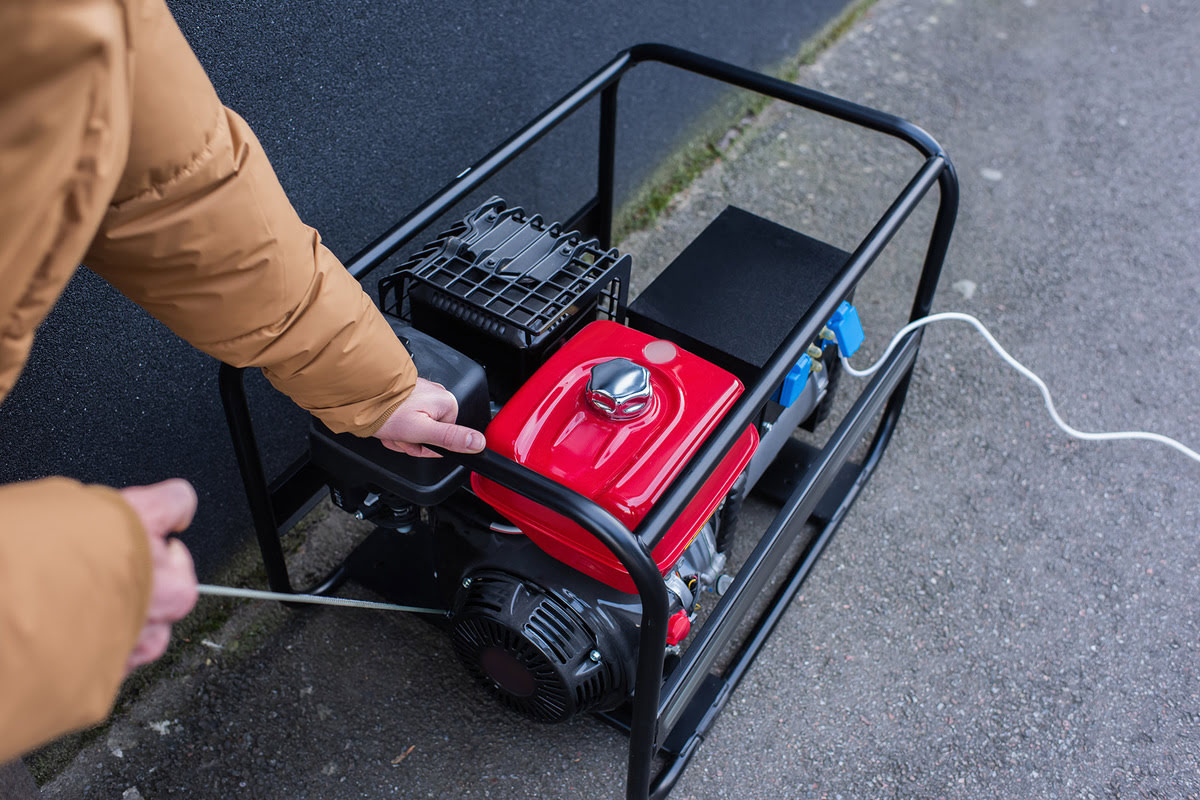
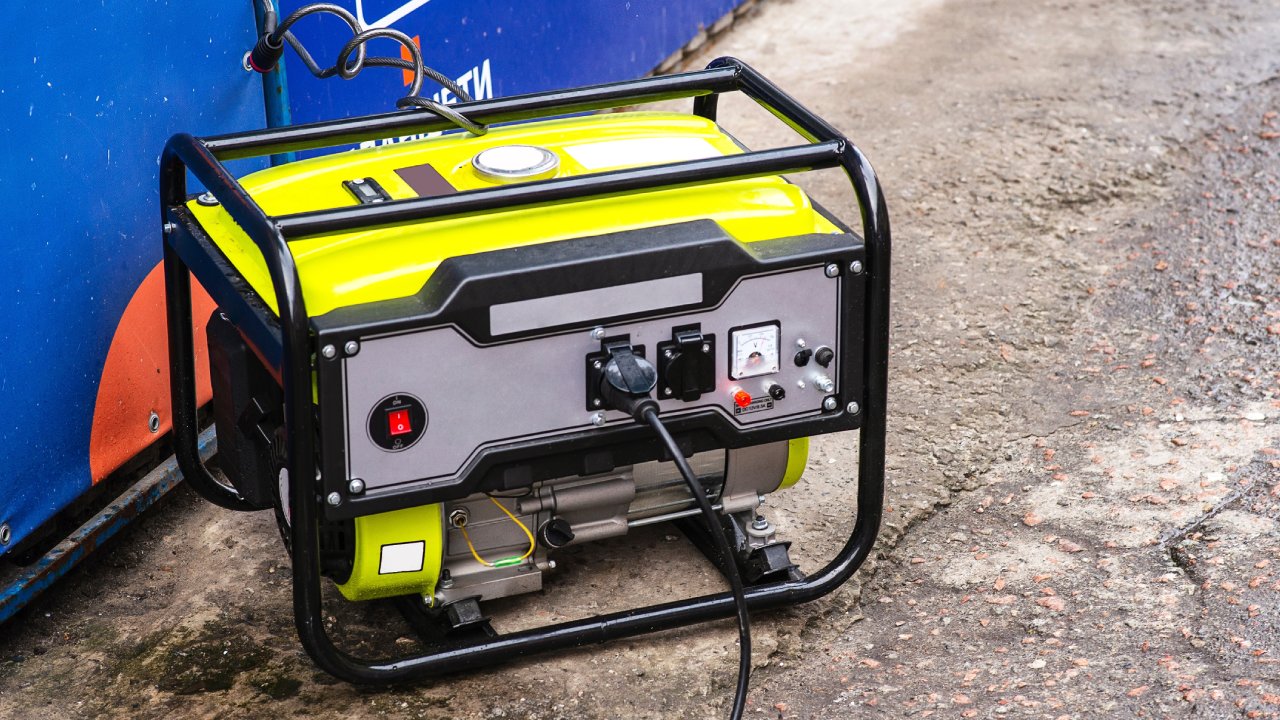
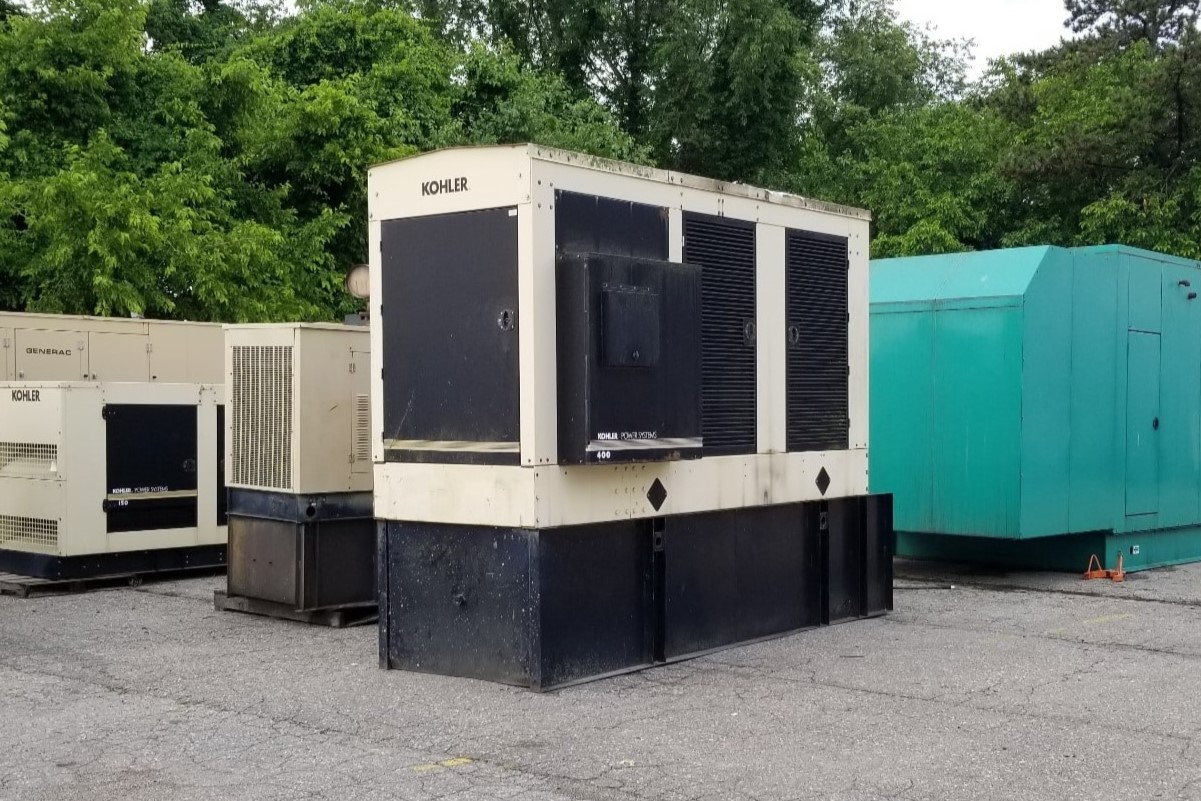
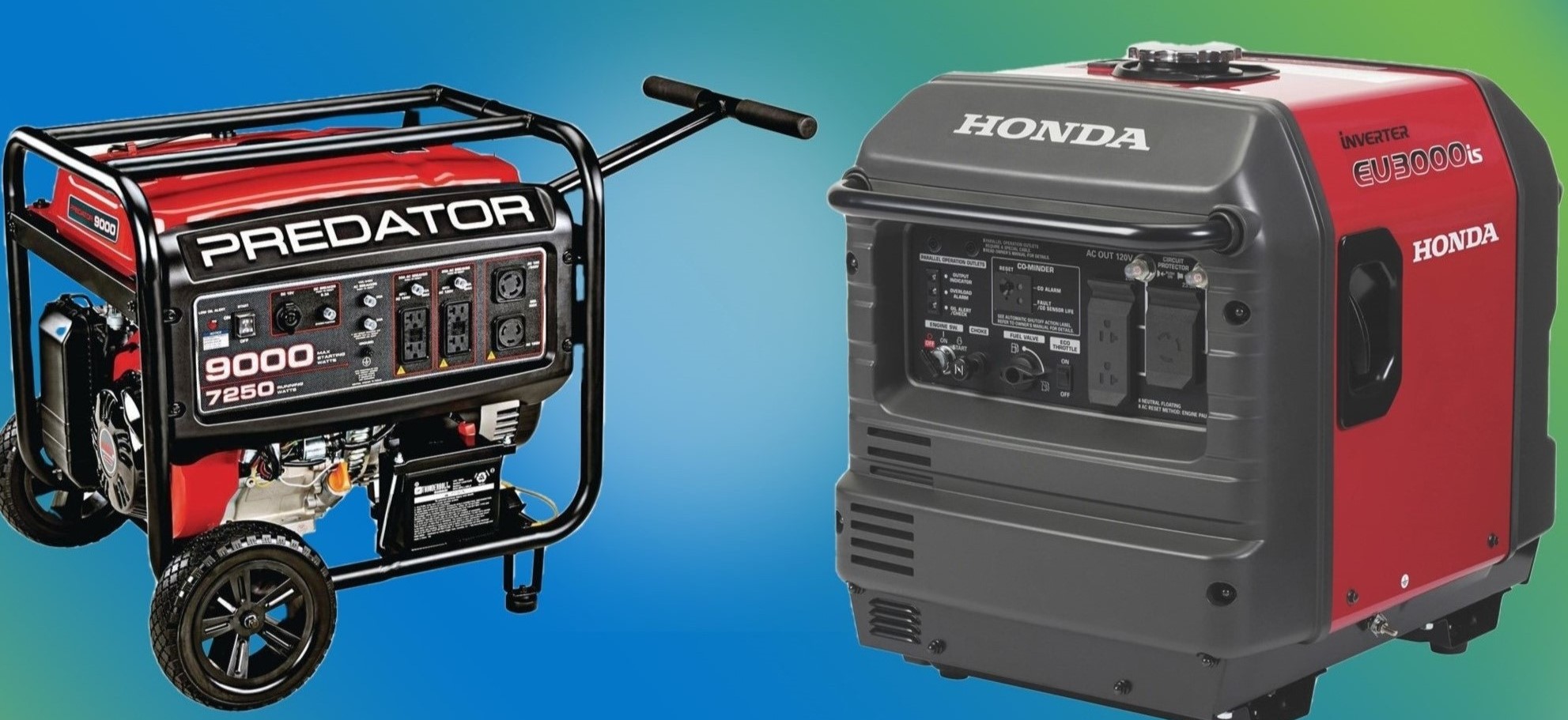

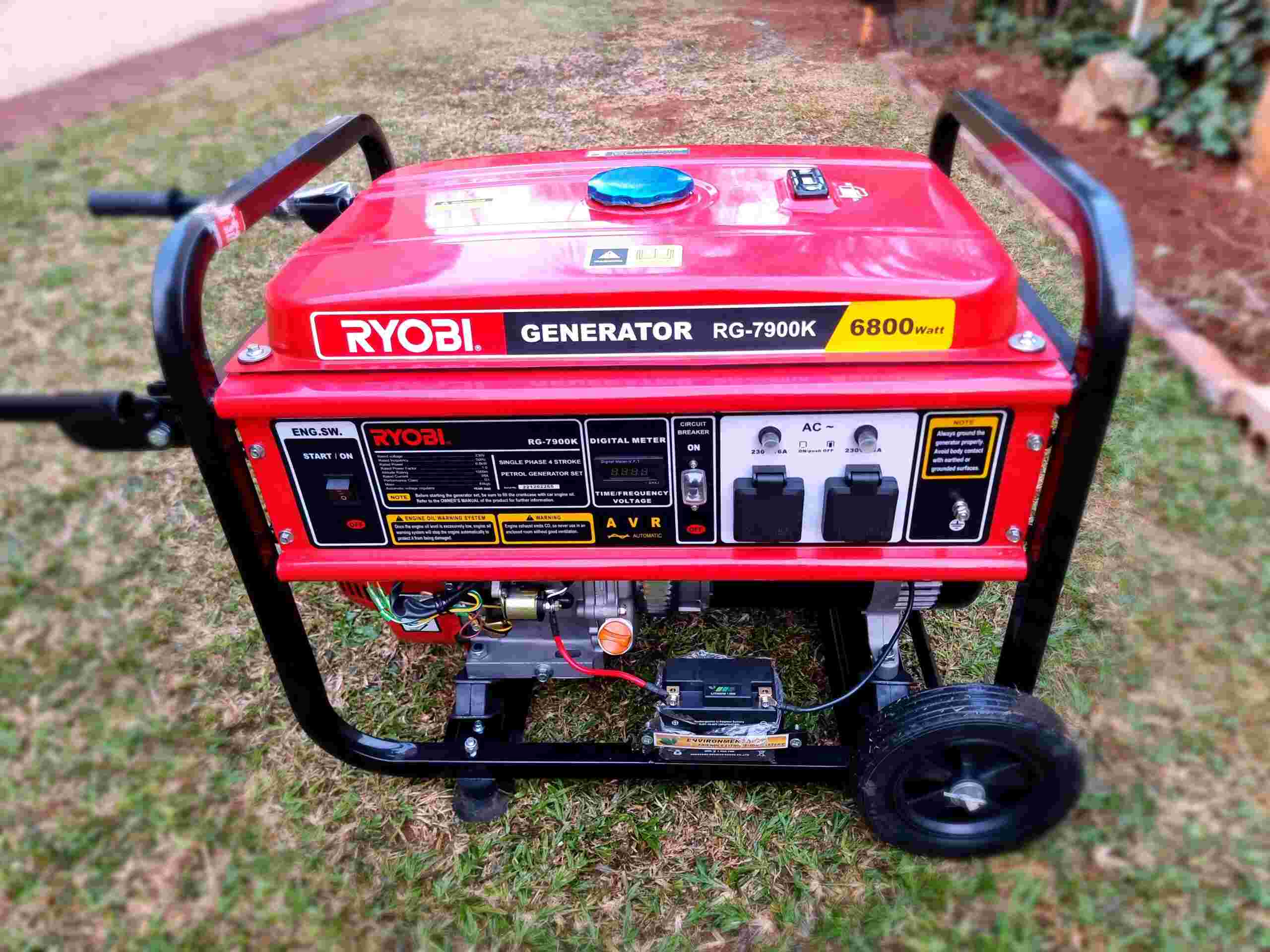
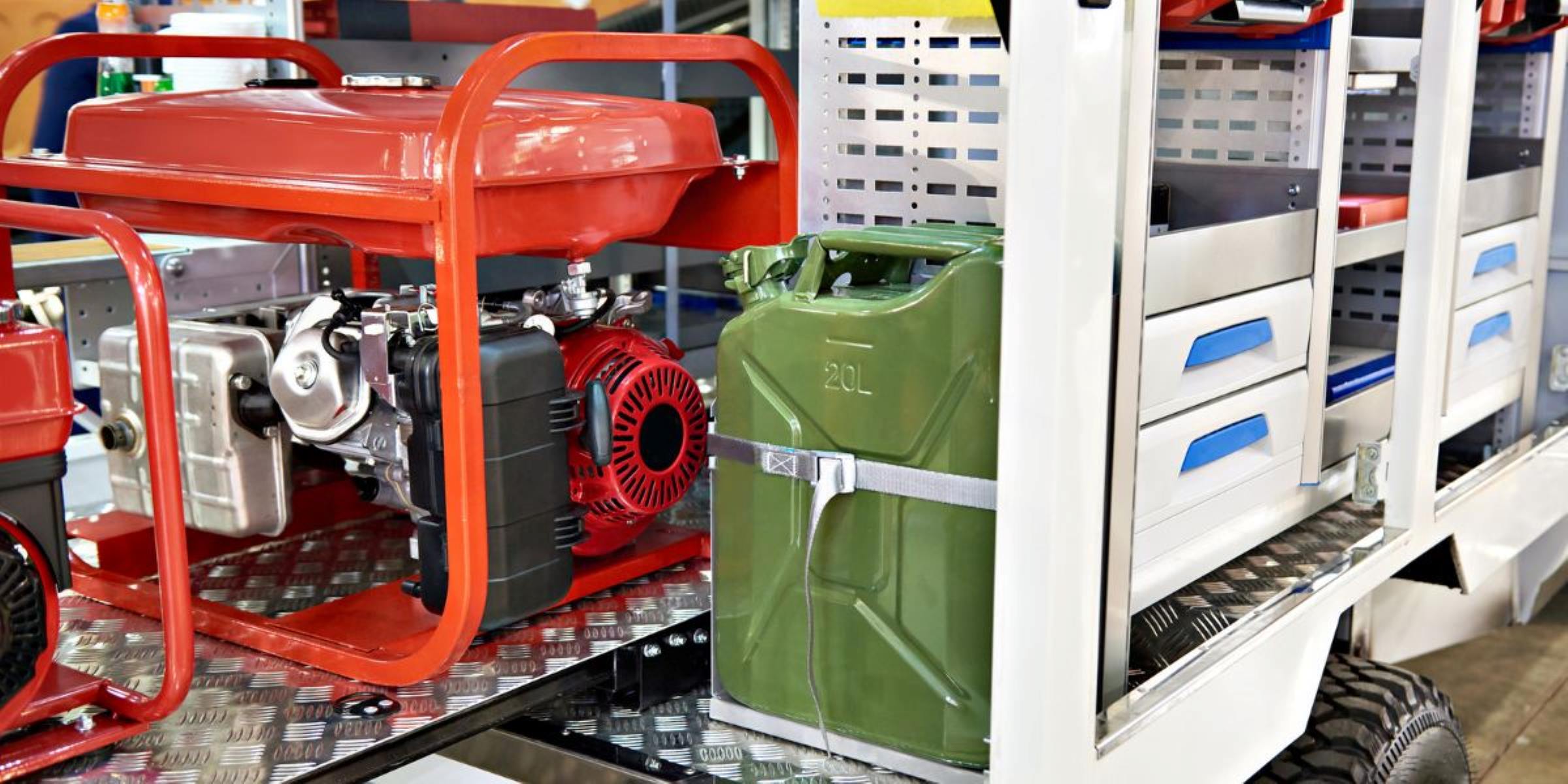
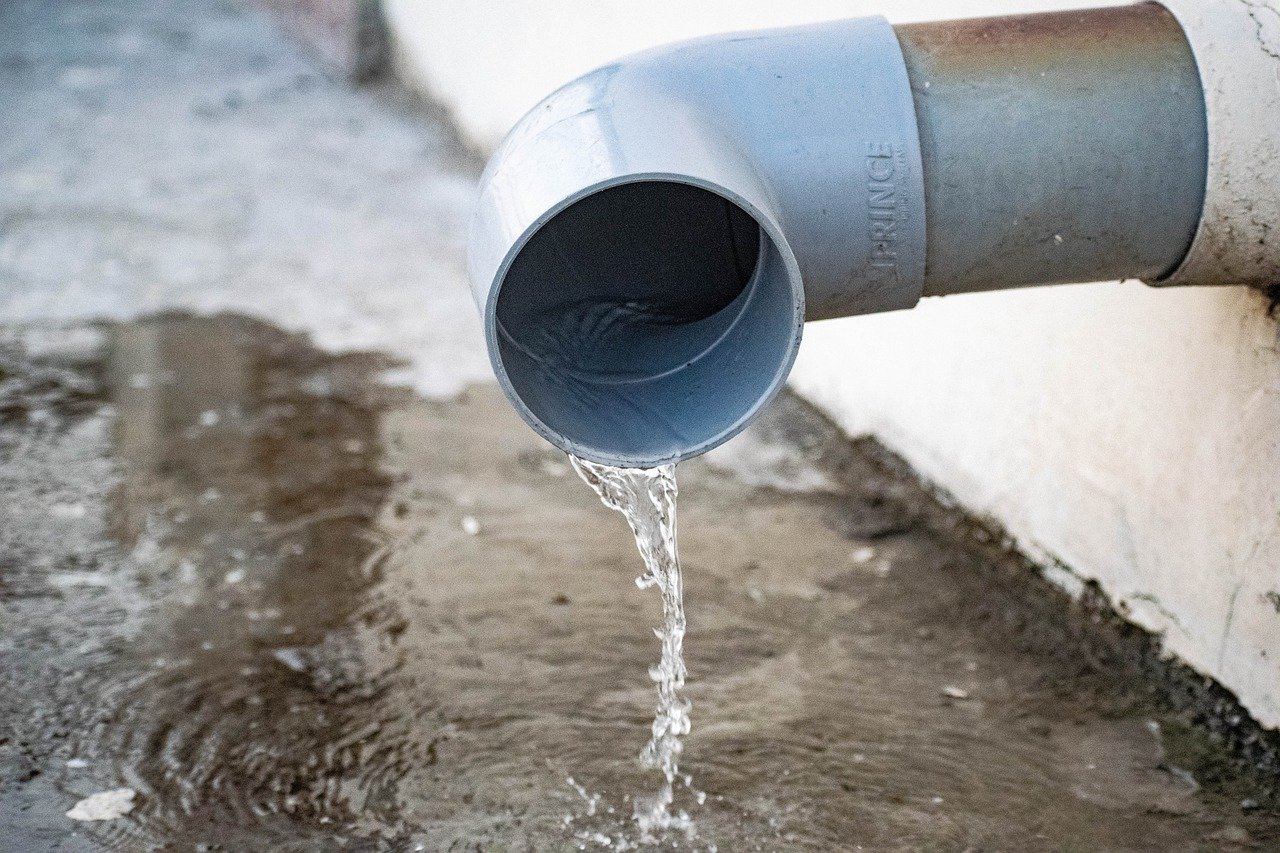
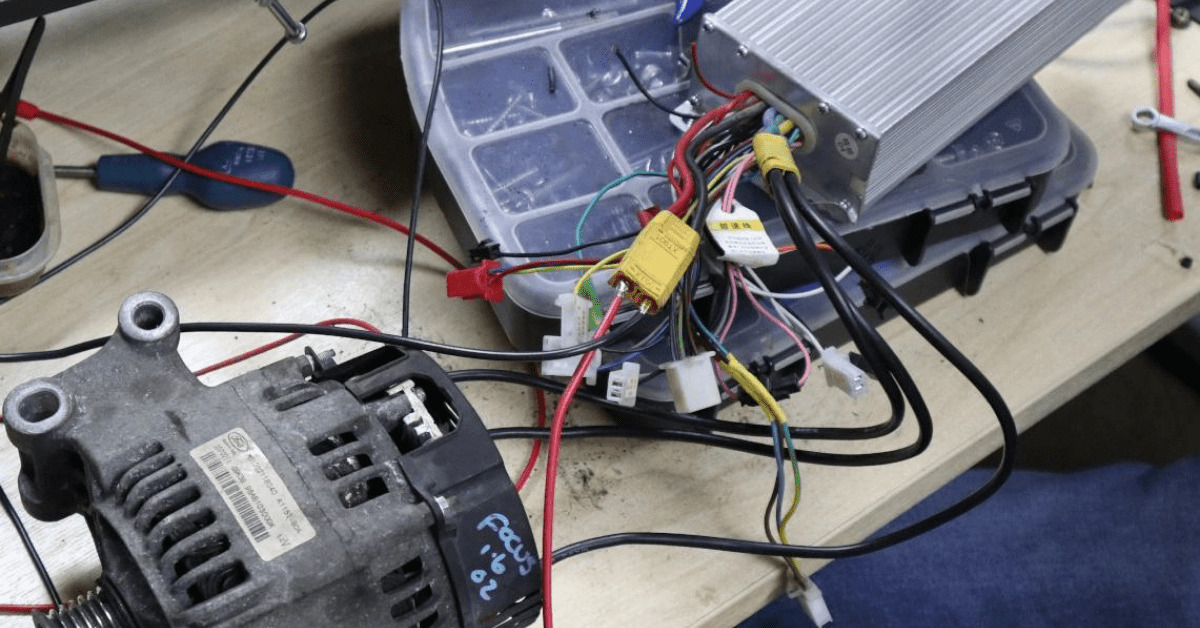
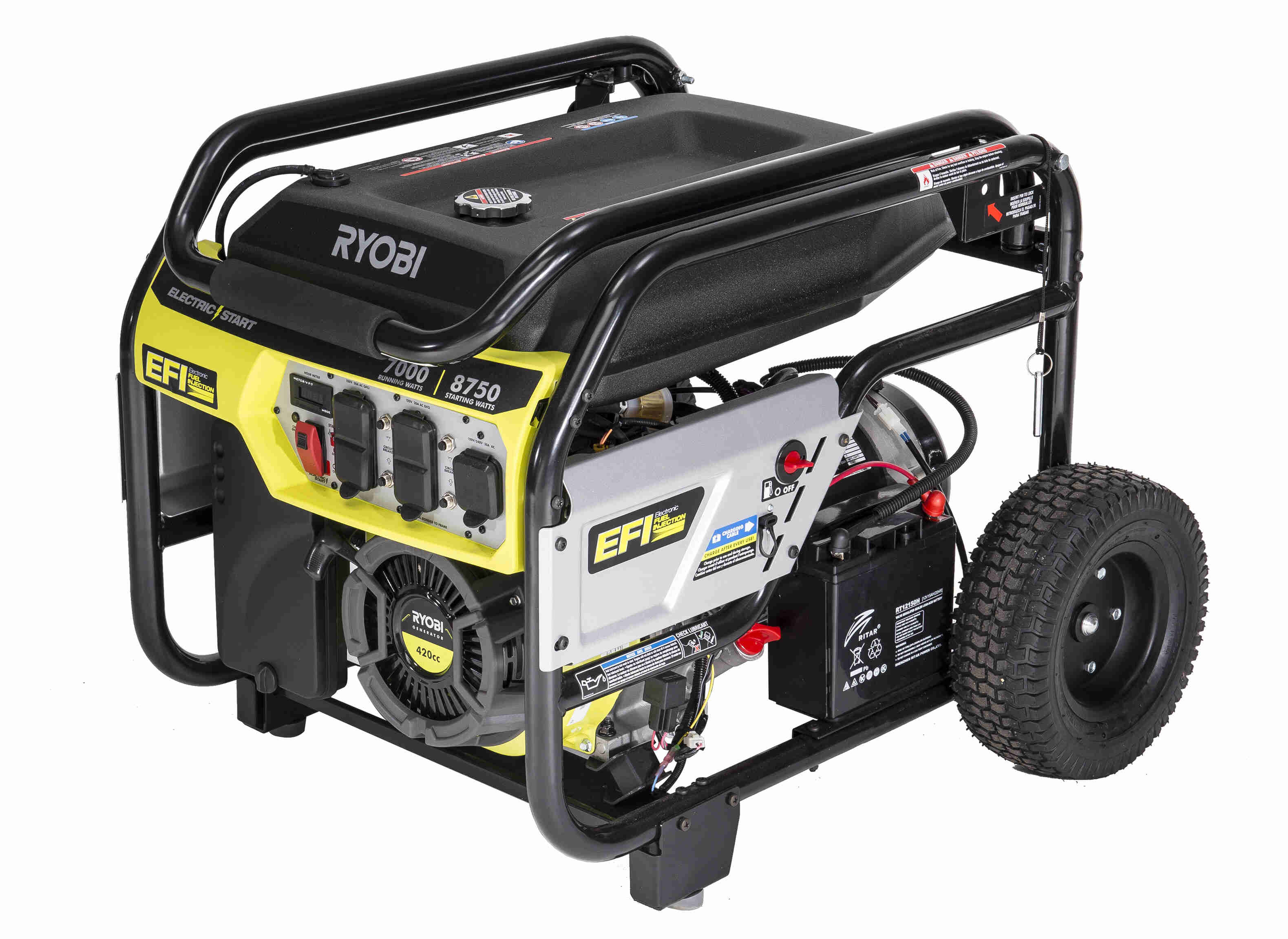
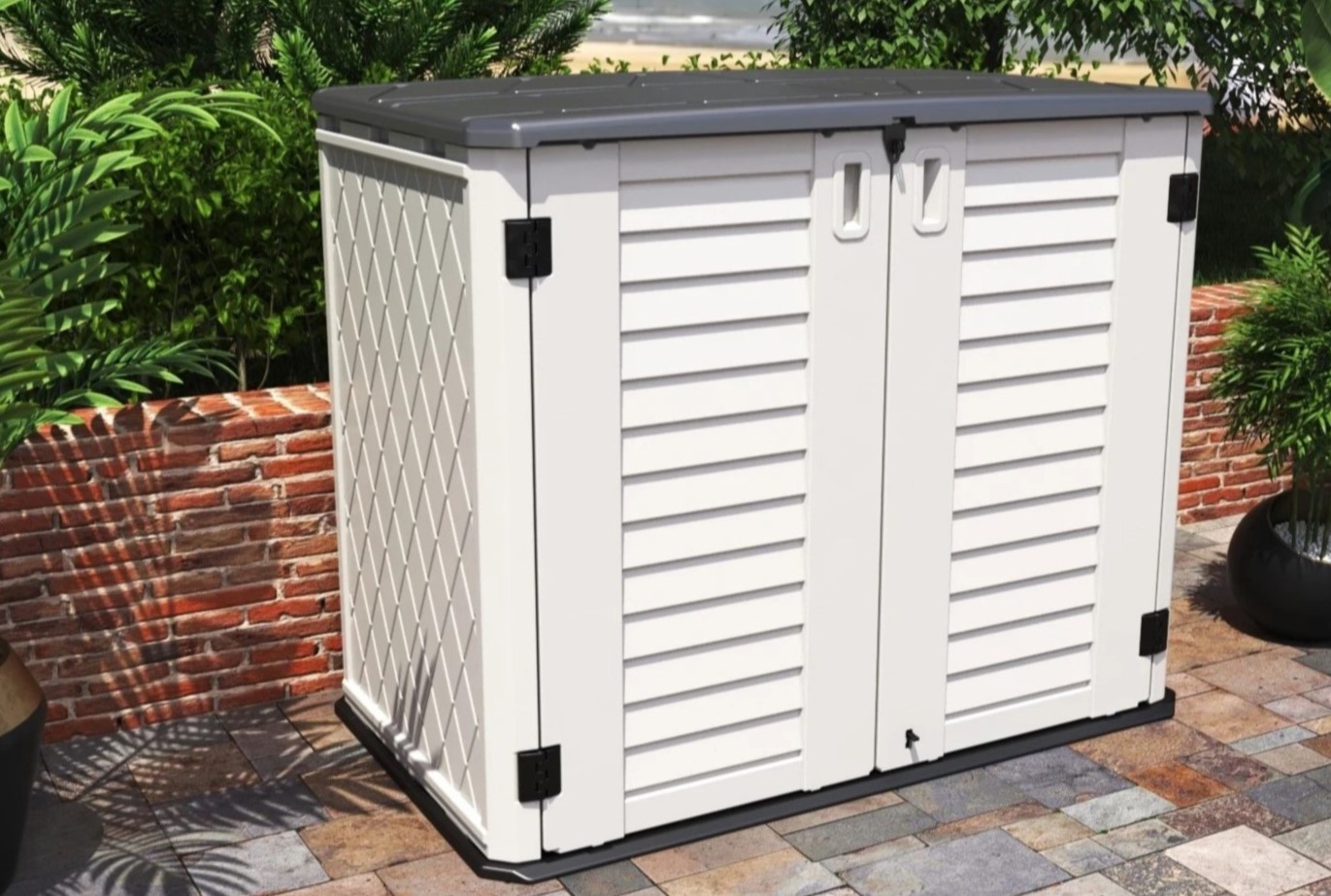
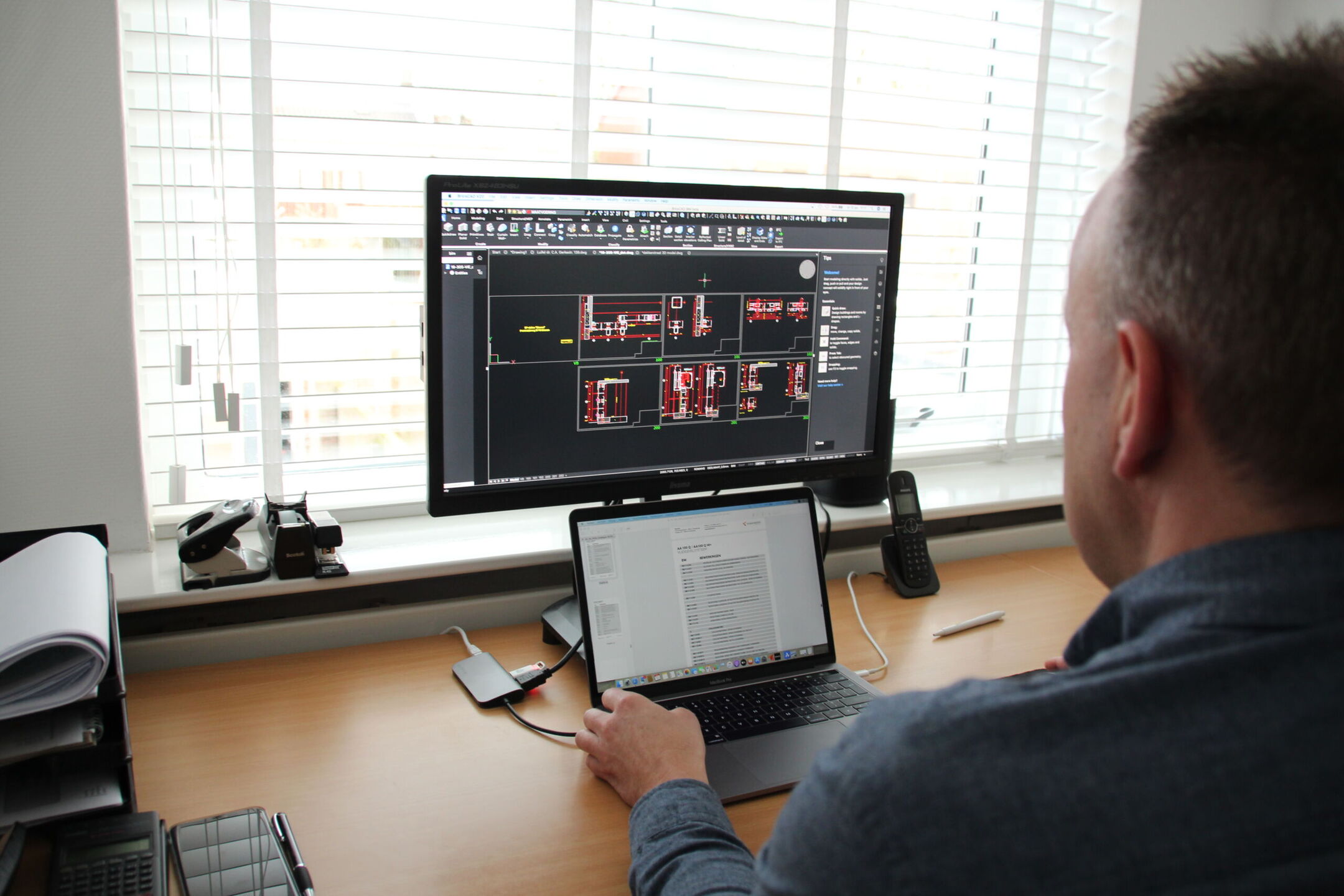
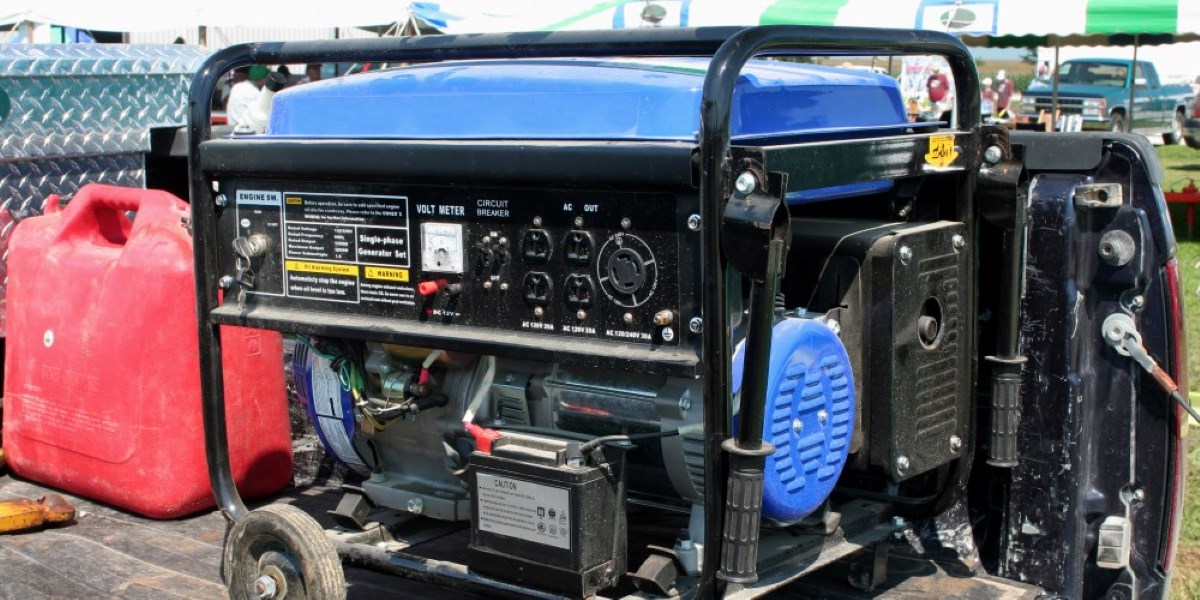
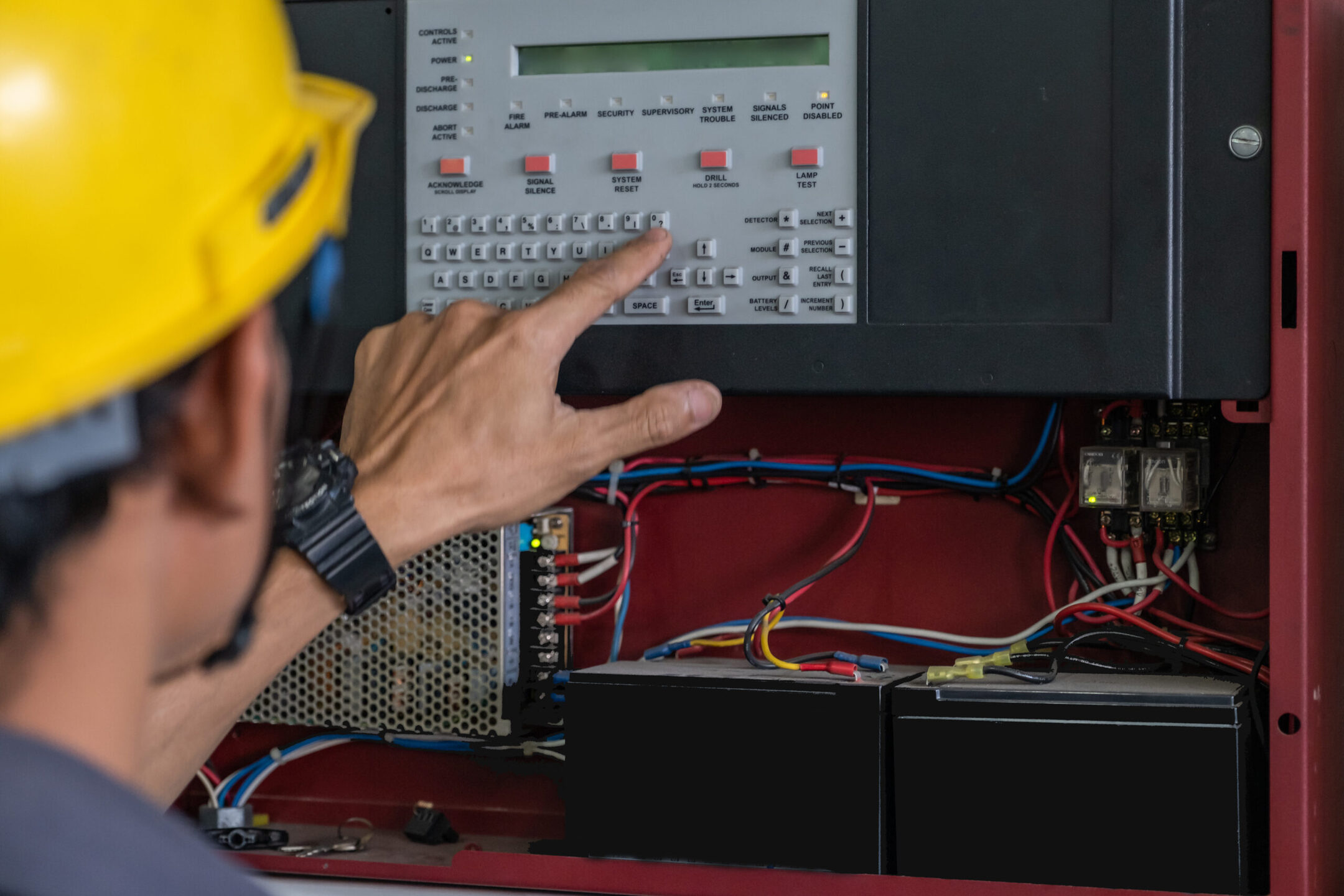

0 thoughts on “How To Install A Backup Generator”